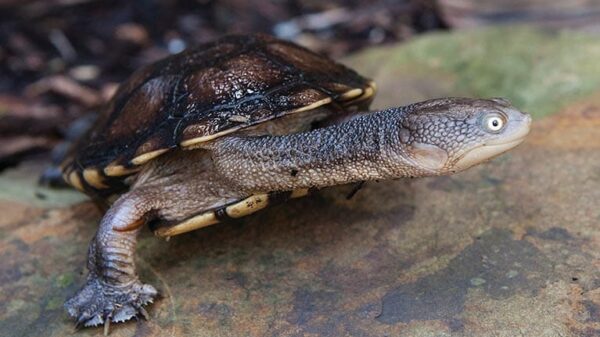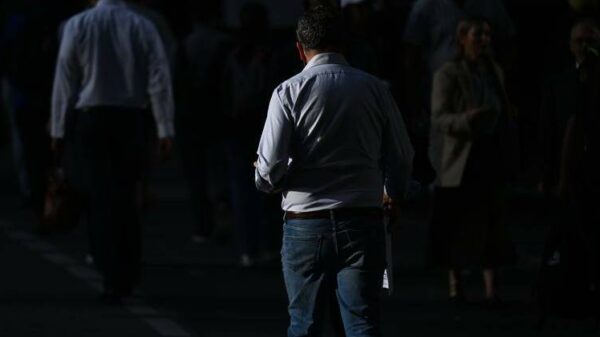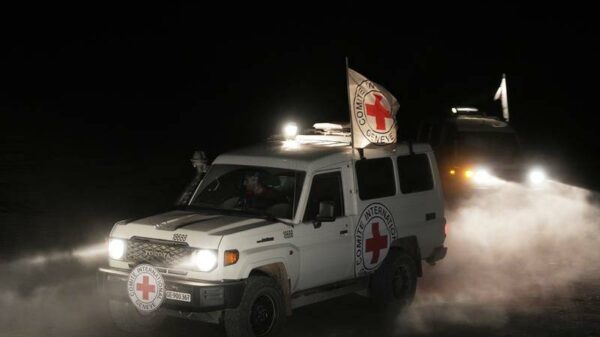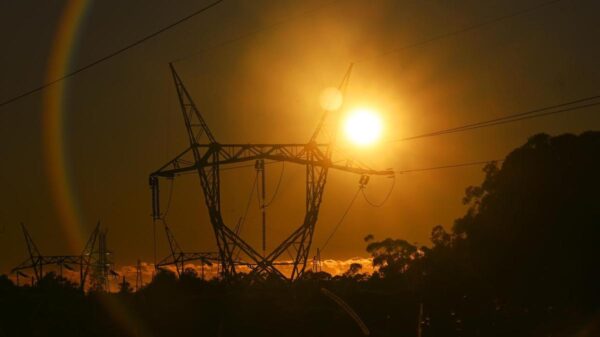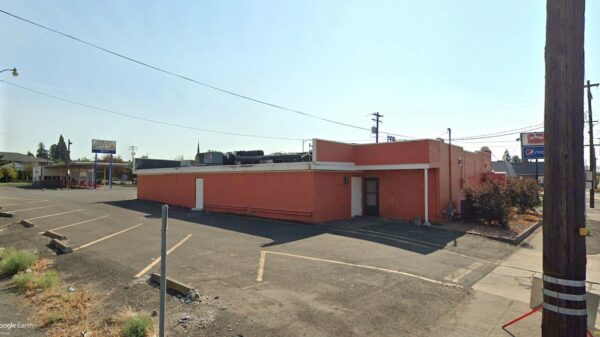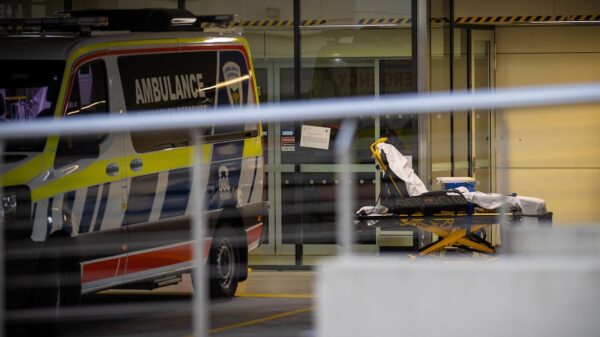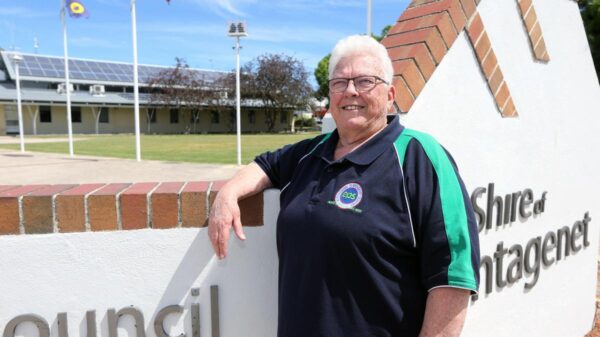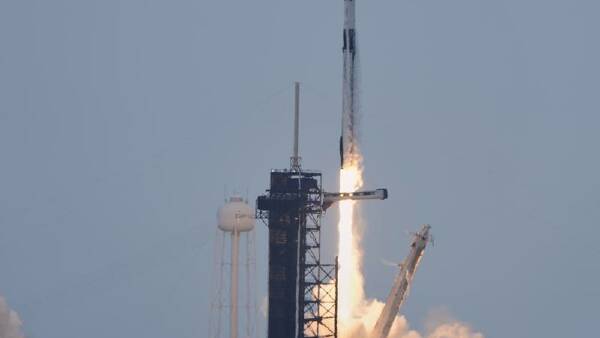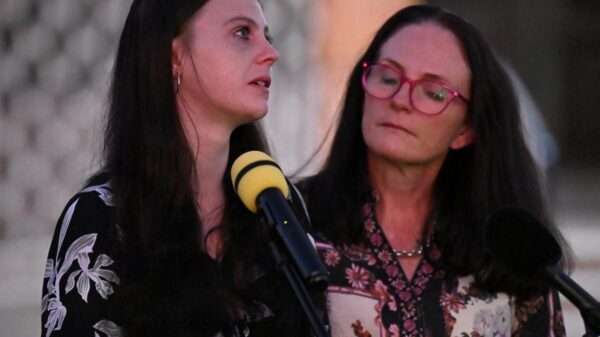SpaceX has launched a crew of four astronauts on a mission to the International Space Station (ISS). This successful launch took place from Cape Canaveral, Florida, on October 5, 2023, after a 24-hour delay caused by unfavorable weather conditions.
The astronauts, part of the NASA-sponsored Crew-7 mission, include two American astronauts, one Japanese astronaut, and one Italian astronaut. This mission continues the ongoing partnership between SpaceX and NASA, which began with the historic launch of humans to the ISS in May 2020.
Following the countdown, the Falcon 9 rocket lifted off precisely at 17:00 UTC, marking another significant milestone for SpaceX. The launch vehicle’s first stage successfully returned to Earth and landed on a drone ship in the Atlantic Ocean, a feat that has become routine for the aerospace company.
As part of their six-month stay aboard the ISS, the astronauts will conduct various scientific experiments and technology demonstrations aimed at advancing space exploration. The research conducted during this mission will contribute to a better understanding of living and working in space, which is crucial for future long-duration missions, including those planned for Mars.
The Crew-7 mission highlights the increasing role of private companies like SpaceX in space exploration. With this launch, SpaceX has now successfully completed 10 crewed missions to the ISS, underlining its pivotal role in the future of human spaceflight.
Upon their arrival at the ISS, the crew will join the current occupants, furthering international collaboration in space research. The astronauts have expressed their enthusiasm for the mission, emphasizing the importance of the work they will undertake in the coming months.
In summary, SpaceX’s latest launch not only showcases technological advancements in space travel but also reinforces the global commitment to scientific exploration beyond Earth. As the crew embarks on this significant journey, the world eagerly anticipates the discoveries that will emerge from their time aboard the International Space Station.





